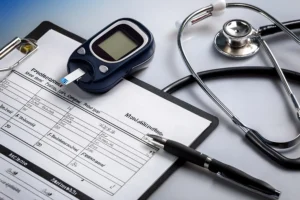Researchers at the University of Cambridge’s Gurdon Institute have successfully created lab-grown human embryo-like structures from stem cells, achieving a major milestone in developmental biology. These structures were able to produce functional human blood and heart cells, providing a unique window into the earliest stages of human development which have long been difficult to study directly.
The breakthrough offers promising applications in regenerative medicine. By generating patient-specific blood cells, it may become possible to support treatments such as bone marrow transplants or repair damaged tissues while reducing the risk of immune rejection.
Beyond therapy these embryo models allow scientists to investigate congenital disorders, understand tissue formation and test potential drugs in a controlled laboratory setting, all without the ethical challenges of using natural embryos.
This advancement represents a significant step forward in stem cell research and demonstrates the potential of lab-grown embryo models to transform both basic science and future medical therapies.
Disclaimer: This article is intended for informational purposes only. The research is experimental and clinical applications in humans are still under development. Readers should not consider this as medical advice or a treatment option.



